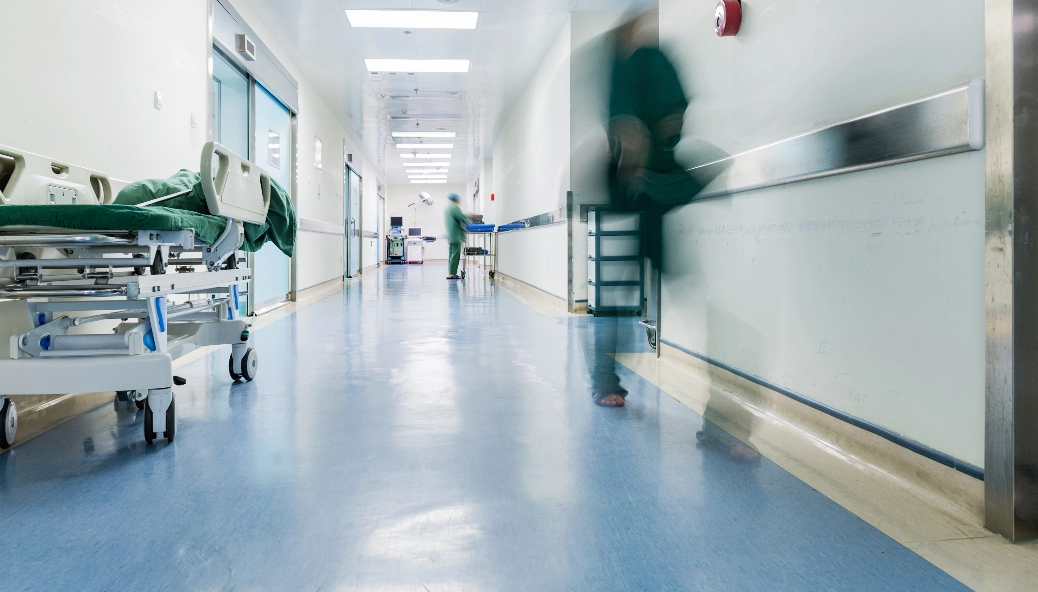The Impact of Novartis’ Price Increases for Gilenya on Pharmaceutical Innovation

Novartis Headquarters in Basel, Switzerland
The pharmaceutical industry has long argued that high drug prices are a good thing because the profits from these price hikes allow companies to spend more on research and development to discover and launch the cures of the future.
To test the claim that higher drug prices drive innovation, we gathered data from the industry, individual companies, and the FDA to conduct a counterfactual analysis: what would happen at some of the largest pharmaceutical companies in the world if prices on certain blockbuster drugs had remained constant over the last 10 years?
The following case study examines drug pricing at Novartis, a multinational firm with brand-name treatments in oncology, immunology, and neurology, as well as a large division selling generic and biosimilar medicines. This analysis is part of a larger study on the impact of pharmaceutical price increases on medical innovation. To read the full study, click here.
Novartis Case Study
- Headquarters: Basel, Switzerland
- Drug Analyzed: Gilenya (ofatumumab)
- 2021 Company Revenue: $52.9 billion
- 2021 R&D Spending: $9.5 billion
- Other Key Products: Cosentyx (secukinumab), Entresto (sacubitril/valsartan), Lucentis (ranibizumab), Tasigna (nilotinib)
As the largest company in pharmaceutical sales outside the United States, Novartis has a diversified portfolio with products in oncology, cardiology, immunology and ophthalmology. Over the last 10 years, Novartis has spent 18.9 percent of gross revenues on R&D.
We analyzed the pricing behavior on Gilenya over the last 10 years. Novartis consistently raised the drug’s list and net prices, with the latter reaching a peak price increase of 166 percent from its 2011 price in 2020.
As a result, the drug’s revenue is primarily driven by price increases, particularly as sales declined when similar products entered the market. More than 76 percent of the drug’s revenue growth since 2012 has come from higher prices, totaling $8.0 billion.
If the price of Gilenya remained flat since 2011, the loss of $8.0 billion in revenue would have resulted in $1.5 billion less in R&D spending. We estimate that, based on the drug development scenarios used in our analysis, Novartis spends $4.8 billion (IQR: $4.1-$5.6 billion) per new drug developed. Therefore, the loss of revenue leads to 0.32 fewer drugs developed.
The results are further evidence that profit growth driven by price hikes on older, branded, monopoly drugs like Gilenya rarely leads to the development of innovative new medicines.



 ">
">